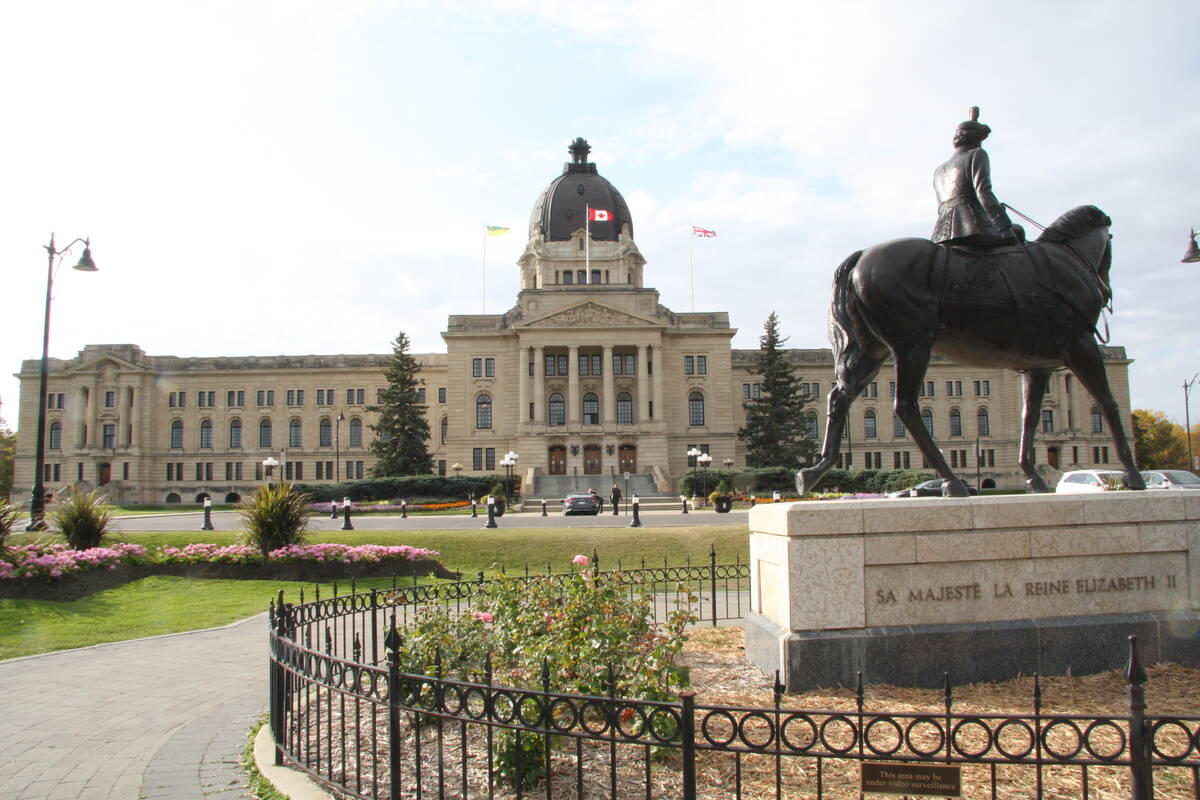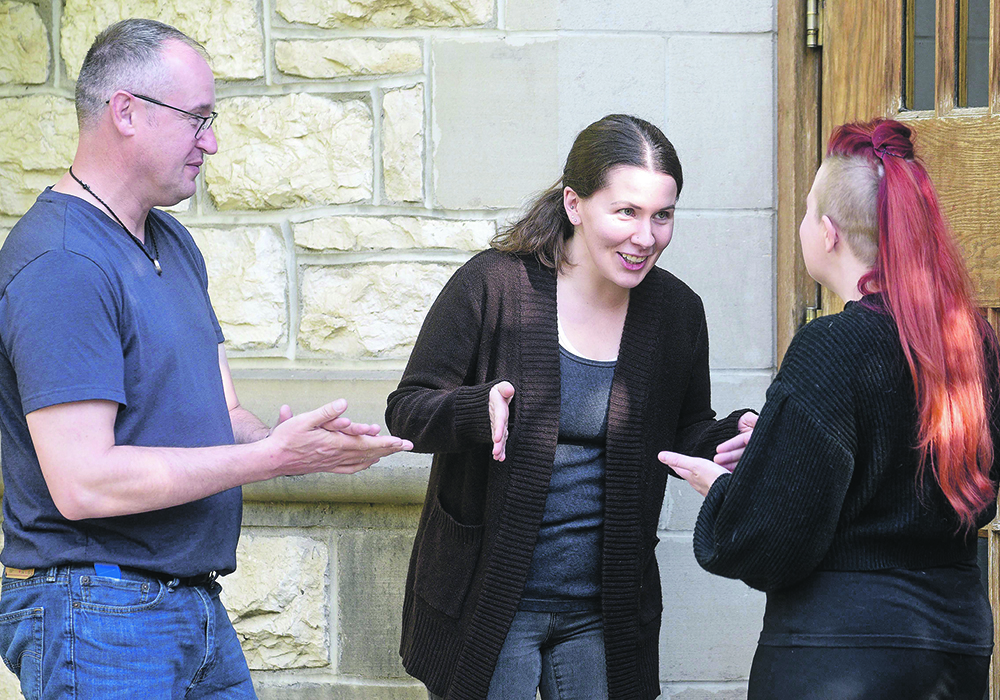A university professor teaches scientists-in-the-making how to explain complex ideas and concepts in a simple way
Say what?
Morgan Fleming used to see dazed looks on the faces of listeners when she described her scientific research.
Now she sees their eyes light up with understanding.
Fleming and her listeners are beneficiaries of a course in scientific communication at the University of Saskatchewan.
The food sciences graduate student said she is now able to confidently explain complex ideas and concepts to her family and friends, which is relief to all concerned.
“I really struggled with not only communicating my research, but also understanding and conveying it effectively.”
Read Also

Saskatchewan throne speech promises strong economy
Saskatchewan’s legislative agenda for the coming year will focus on meeting the challenges of new world trading relationships, said the speech from the throne.
Fleming is one of many scientists motivated to improve their communication skills so they can explain their work to a wider and potentially non-science-based audience.
The month-long course, called professional skills in scientific communication, is taught by Chris Eskiw from Food and Bioproduct Sciences in the College of Agriculture and Bioresources.
“As part of the job, I sit on a lot of student committees and those committees are for masters and PhD students to support their progress and monitor how they’re doing in their research programs,” said Eskiw.
“It’s really frustrating to sit through a meeting with someone you know is brilliant, you know is hard working and doing meaningful work, but they are unable to communicate some of the most basic principles in science such as what their hypothesis is.
“It’s also really frustrating when someone’s nerves, and I understand nerves, when their nerves get in the way of them being successful communicators.”
Fina Nelson, a PhD student researcher in Food and Bioproduct Sciences who also took the course, is another scientist with passion for her research but without confidence when explaining it to others.
“The best part of the course was that it wasn’t just somebody telling us be more confident and speak more clearly. We spent a lot of time practising and practising with each other. That’s the only way that I get better.
“It was very hands-on learning and it was directly about our projects. I wasn’t learning something abstract that I then had to figure out how to integrate. It was learning exactly how to talk about my project, and then getting feedback,” she said.
It’s important for scientists to clearly communicate their goals and their results to the public, Nelson added.
“Good policy doesn’t happen unless the public understands the science and it’s the job of the scientists to educate the public.”
One of the first tasks Eskiw gives his students is to compose three sentences about their research: the overarching theme or hypothesis, why it’s important and how they are going to prove or disprove it.
“The example I give to the students is pretend you’re talking to your grandmother, or your mother or father, who are non-specialists in your field. How would you, in three sentences, explain your research program so it’s meaningful for them and they think it’s a great idea?
“If you can do that, then you know your material, you know how to adjust it for your audience and now you’re an effective communicator,” he said.
Easier said than done, said Fleming.
“This is research that you’re working on for years. Being able to put that into three sentences is very complicated.”
Those who take the course must also make a three-minute “elevator” speech to three different audiences.
One of the keys, said Eskiw, is quickly recognizing the audience and then using language that members can understand.
Studying audience body language is also important. Eskiw said physical cues such as facial expressions can tell the speaker how well the message is getting across.
He has developed classroom card games that force his students outside their comfort zones by changing the rules at each table and asking them to communicate without talking.
“You’re not allowed to use your voice, so you have to explain your point using body language.”
Then Eskiw changes the rules of the game so the students have to quickly adjust.
“They have to learn how to communicate effectively, non-verbally, as well as to adapt to new environments where they think they know the rules, but they actually don’t,” he said.
Effective communication is a two-way street between the presenter and audience. It involves being able to listen and ask intelligent questions, he said.
“As training to be an audience member, I insist that the students be able to ask a question of any talk that they attend or that is given in the class. If you are not able to come up with a very simple question on a subject that you’re not familiar with, it’s either laziness or a lack of creativity. There should be tons of questions.
“I point the students in the direction of thinking critically. ‘How does that work?’ ‘What happens if this happens?’ Those types of questions. So, we do develop critical thinking here as well,” Eskiw said.
He has seen results from the 39-hour course among students who have taken it.
“It’s fantastic to watch. You can see the progression of the students through the course as they start to pick up the aspects of communication. By the end of the course, they’re head and shoulders above where they were.”
Fleming, who once drew confused looks when explaining her research, experienced the progression first-hand and remains grateful for the class.
“It is hard work, but once you have those tools instilled in you, it gets easier every time.”
















